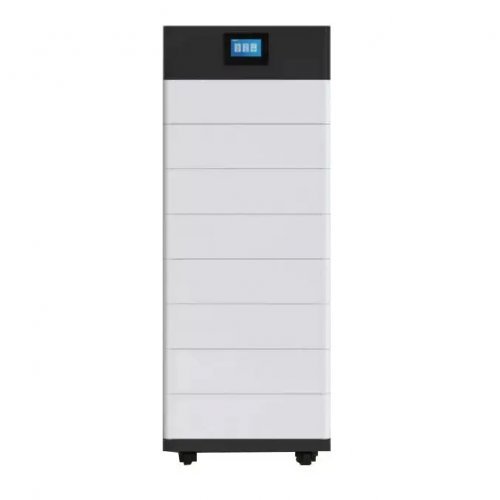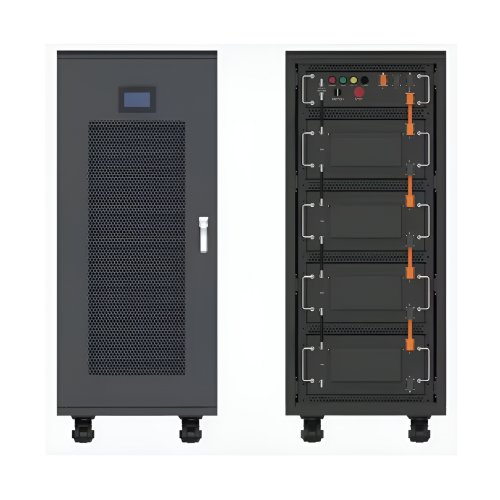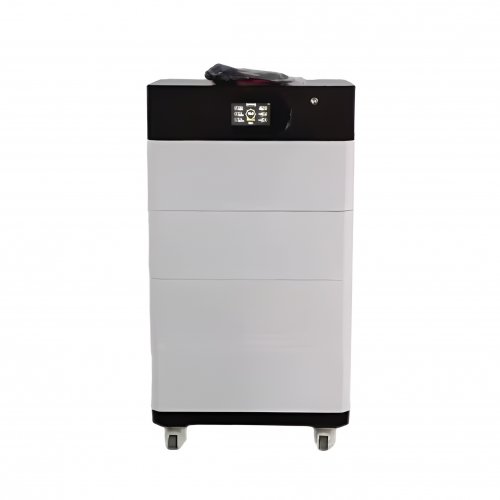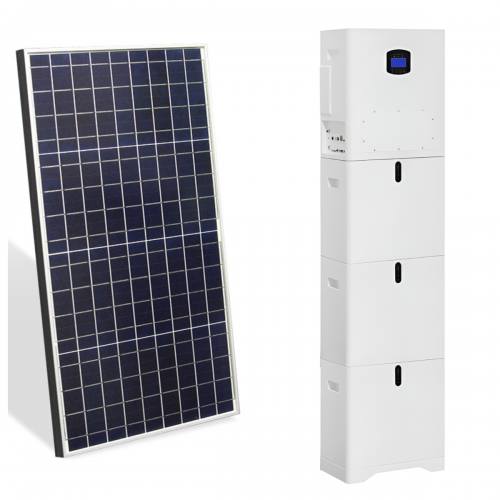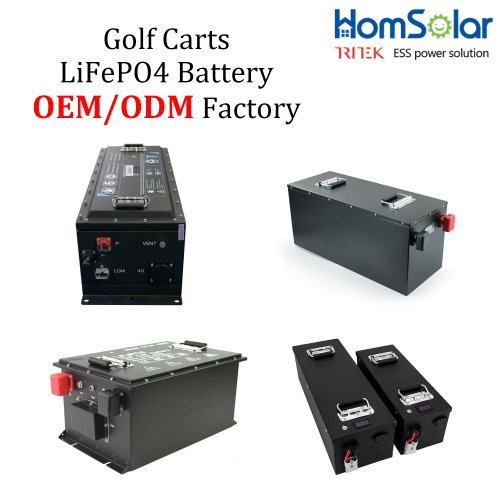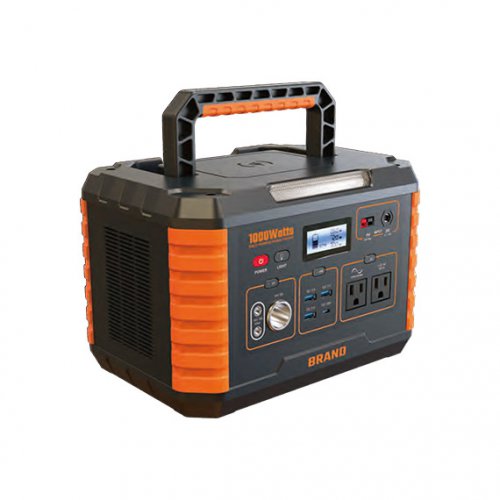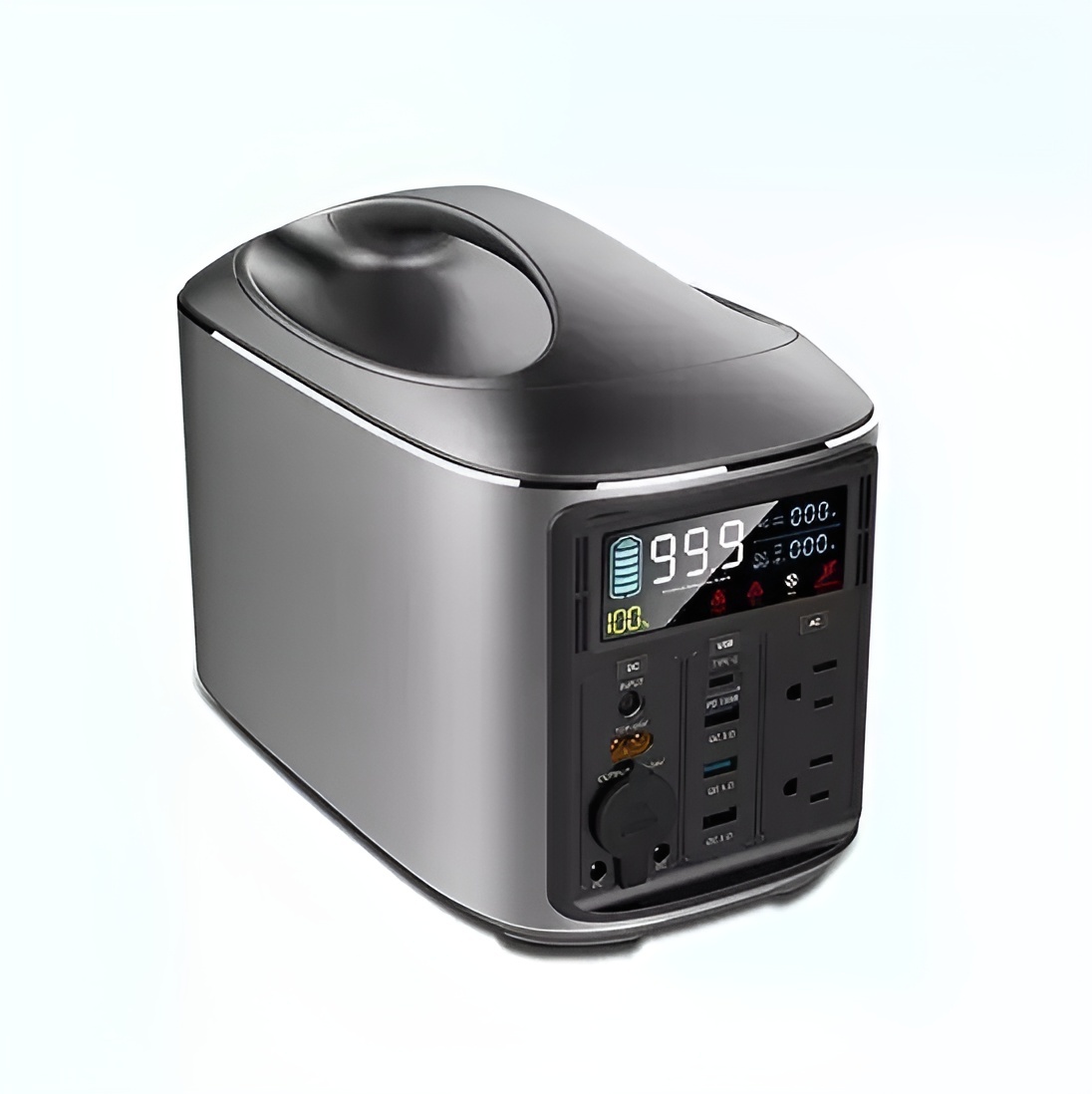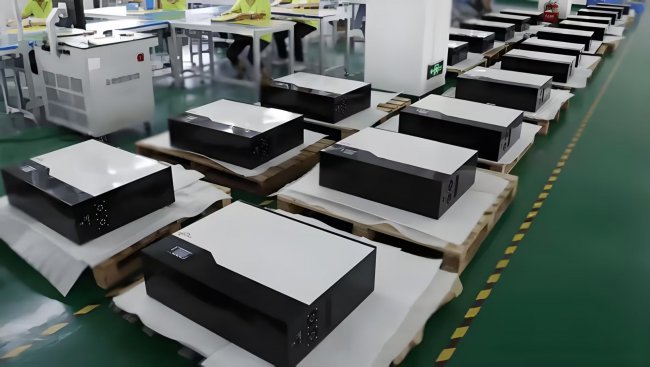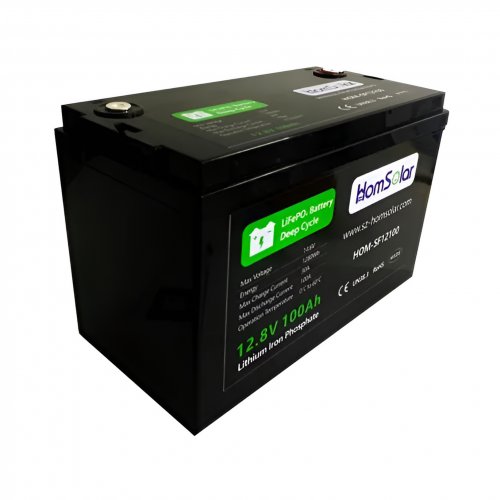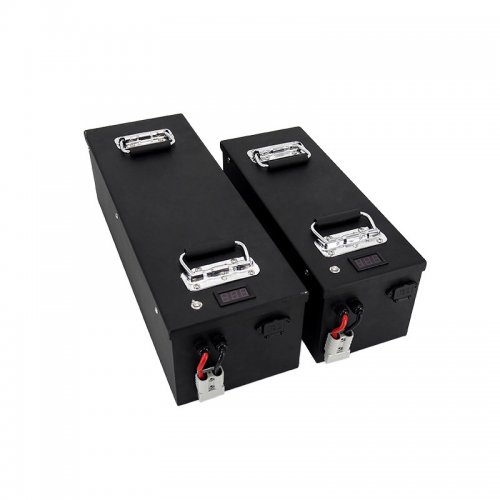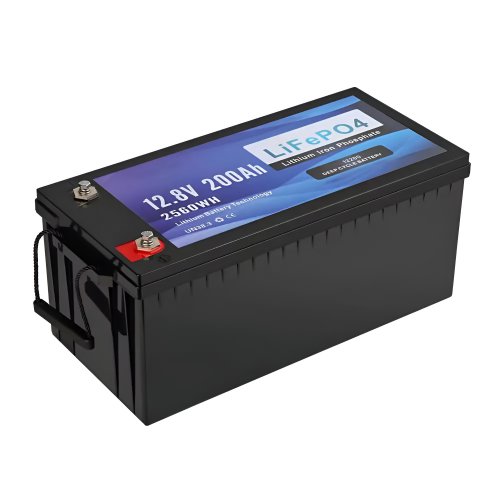Advances In Electrochemical Performance: Unlocking The Potential Of Next-generation Energy Storage And Conversion
The relentless pursuit of advanced energy technologies has placed the electrochemical performance of materials and devices at the forefront of scientific research. This performance, a multifaceted metric encompassing energy density, power density, cycle life, rate capability, and efficiency, is the ultimate determinant of viability for applications ranging from portable electronics to grid-scale energy storage and electric vehicles. Recent years have witnessed remarkable progress, driven by innovations in material science, novel engineering approaches, and a deeper understanding of interfacial phenomena. This article explores the latest breakthroughs and future trajectories in enhancing electrochemical performance across key domains.
1. Pushing the Boundaries of Lithium-Ion and Post-Lithium Batteries
The lithium-ion battery (LIB) remains the workhorse of modern electrochemistry, but its performance is being pushed beyond conventional limits. A significant breakthrough lies in the development of high-capacity, stable cathode materials. Lithium-rich manganese-based layered oxides (LRLOs), such as Li1.2Ni0.13Mn0.54Co0.13O2, offer exceptionally high specific capacities exceeding 250 mAh g-1. However, they suffer from voltage decay and capacity fading due to oxygen release and structural degradation. Recent research has successfully mitigated these issues through gradient doping and surface coating. For instance, a gradient Cr-doped LRLO demonstrated a suppressed voltage decay of less than 1.5 mV per cycle and a capacity retention of 92% after 200 cycles, as reported by Liu et al. (2023). This approach stabilizes the crystal structure and suppresses the irreversible oxygen redox activity at high voltages.
On the anode side, the quest to replace graphite has led to the exploration of silicon and lithium metal. Silicon anodes boast a theoretical capacity nearly ten times that of graphite but are plagued by massive volume expansion (>300%). A landmark advancement involves the design of hierarchically porous silicon-carbon composites with pre-reserved void space. These structures, often fabricated via scalable magnesiothermic reduction, effectively accommodate the volume change, maintaining mechanical integrity. Furthermore, the integration of elastic polymer binders and concentrated electrolytes has significantly improved the cycle life of silicon-based anodes, with some prototypes achieving over 1000 stable cycles.
For the ultimate energy density, solid-state batteries (SSBs) with a lithium metal anode represent the holy grail. The primary challenge has been the high interfacial resistance between the solid electrolyte and the electrodes. A recent technological breakthrough involves the concept of "interface welding." By introducing a thin, soft interfacial layer that reacts in situ with both the lithium metal and the solid electrolyte (e.g., a sulfide like Li6PS5Cl), researchers have created a seamless, ionically conductive interface. This has led to a dramatic reduction in interfacial resistance, enabling stable cycling of lithium metal at high current densities, a critical step towards practical SSBs (Wang et al., 2024).
Beyond lithium, sodium-ion and potassium-ion batteries are emerging as cost-effective alternatives for large-scale storage. The discovery of Prussian blue analogues and hard carbon anodes with tailored pore structures has significantly enhanced the rate performance and cycle life of sodium-ion systems, making them increasingly competitive for applications where weight is less critical.
2. Supercapacitors: Bridging the Gap between Batteries and Capacitors
Supercapacitors excel in delivering high power and enduring millions of cycles, but their low energy density has been a persistent limitation. The field is rapidly evolving beyond traditional carbon-based electric double-layer capacitors (EDLCs). The most promising development is in pseudocapacitive and battery-type materials that store charge through fast surface redox reactions.
MXenes, a family of two-dimensional transition metal carbides/nitrides, have emerged as superstar materials in this domain. Their high electronic conductivity, hydrophilic surfaces, and rich redox chemistry enable them to achieve capacitances far exceeding those of activated carbon. For example, Ti3C2Tx MXene films have demonstrated volumetric capacitances of over 1500 F cm-3 in aqueous electrolytes. Recent work has focused on engineering the interlayer spacing of MXene sheets using molecular spacers or creating hybrid architectures with conductive polymers like PEDOT:PSS, which further boosts ionic accessibility and capacitive performance without compromising rate capability (Zhang et al., 2023).
Another frontier is the development of asymmetric and hybrid supercapacitors. These devices pair a battery-like electrode (e.g., NiCo2O4 or Li4Ti5O12) with a capacitor-like electrode (e.g., activated carbon). By carefully matching the charge kinetics and operating voltage windows of the two electrodes, these hybrids can achieve energy densities approaching those of batteries while retaining the high power and long cycle life of supercapacitors.
3. Electrocatalysis: Enhancing Efficiency for Energy Conversion
Electrochemical performance is equally critical for energy conversion processes like water splitting and CO2 reduction. The efficiency of these reactions is often hampered by high overpotentials, requiring superior electrocatalysts.
For the oxygen evolution reaction (OER), a key bottleneck in water splitting, iridium and ruthenium oxides are the benchmarks but are prohibitively expensive. Recent breakthroughs have come from engineering non-precious metal catalysts, particularly high-entropy alloys (HEAs) and single-atom catalysts (SACs). HEAs, comprising five or more elements in near-equimolar ratios, create unique local coordination environments that can optimize the binding energy of oxygen intermediates. A HEA nanoparticle catalyst, (FeCoNiCrMn)Ox, has shown OER activity rivaling IrO2 with exceptional stability in alkaline media (Li et al., 2023).
SACs maximize atom utilization and offer well-defined active sites. For the CO2 reduction reaction (CO2RR), SACs with isolated Ni-N4 sites embedded in nitrogen-doped graphene have demonstrated high selectivity towards CO. Even more impressively, by tailoring the coordination environment—for instance, replacing one nitrogen with a sulfur atom to form a Ni-N3S1 site—researchers have achieved selective production of methanol, a more valuable liquid fuel, marking a significant leap in catalyst design precision.
Future Outlook
The trajectory of electrochemical performance enhancement points towards several exciting directions:Multi-scale Computational Design: The integration of multi-scale modeling, from quantum mechanics to machine learning, will accelerate the discovery of new materials with bespoke properties, predicting not just bulk behavior but also interfacial stability and ion transport pathways.Operando and In-situ Characterization: Techniques like in-situ transmission electron microscopy, synchrotron X-ray diffraction, and Raman spectroscopy are providing real-time, atomic-level insights into degradation mechanisms during operation. This knowledge is crucial for designing self-healing materials and interfaces.Sustainability and Circularity: Future research will increasingly focus on the use of abundant, non-toxic elements and the development of facile recycling processes. The electrochemical performance of a device will be evaluated not just at its beginning of life, but throughout its entire lifecycle, including second-life applications and end-of-life material recovery.System-Level Integration: Finally, the performance of individual cells must be optimized within a full system. Advanced battery management systems (BMS) using digital twins and AI-driven predictive control will be essential to maximize the safety, lifetime, and efficiency of large-scale battery packs, ensuring that laboratory breakthroughs translate into real-world impact.
In conclusion, the field of electrochemical performance is experiencing a renaissance, fueled by cross-disciplinary innovation. From the atomic engineering of single-atom catalysts to the macro-scale design of resilient battery electrodes, these advances are collectively paving the way for a more efficient, electrified, and sustainable energy future.
References (Examples):Liu, Y., et al. (2023). Gradient Cr-doping for suppressing voltage decay and capacity fading in Li-rich layered cathode materials.Nature Energy, 8(2), 145-155.Wang, C., et al. (2024). An in-situ formed plastic-crystal interface for high-performance all-solid-state lithium metal batteries.Science, 383(6680), 120-126.Zhang, J., et al. (2023). Tunable Interlayer Spacing of MXene via Polymer Intercalation for High-Volumetric-Performance Supercapacitors.Advanced Materials, 35(15), 2208901.Li, H., et al. (2023). High-entropy oxides as high-performance electrocatalysts for the oxygen evolution reaction.Nature Catalysis, 6(1), 80-91.
Customized/OEM/ODM Service
HomSolar Supports Lifepo4 battery pack customization/OEM/ODM service, welcome to contact us and tell us your needs.


HomSolar: Your One-stop LiFePO4 Battery Pack & ESS Solution Manufacturer
Our line of LiFePO4 (LFP) batteries offer a solution to demanding applications that require a lighter weight, longer life, and higher capacity battery. Features include advanced battery management systems (BMS), Bluetooth® communication and active intelligent monitoring.

Customised Lithium Iron Phosphate Battery Casing
ABS plastic housing, aluminium housing, stainless steel housing and iron housing are available, and can also be designed and customised according to your needs.

HomSolar Smart BMS
Intelligent Battery Management System for HomSolar Energy Storage System. Bluetooth, temperature sensor, LCD display, CAN interface, UART interface also available.


Terminals & Plugs Can Be Customized
A wide range of terminals and plugs can be customised to suit the application needs of your battery products.

Well-designed Solutions for Energy Storage Systems
We will design the perfect energy storage system solution according to your needs, so that you can easily solve the specific industry applications of battery products.



About Our Battery Cells
Our energy storage system products use brand new grade A LiFePO4 cells with a battery lifespan of more than 4,000 charge/discharge cycles.



Applications in Different Industries
We supply customized & OEM battery pack, assemble cells with wiring, fuse and plastic cover, all the cell wires connected to PCB plug or built BMS.
Applications: E-bike, Electric Scooter, Golf Carts, RV, Electric Wheelchair, Electric Tools, Robot Cleaner, Robot Sweeper, Solar Energy Storage System, Emergency Light, Solar Power Light, Medical Equipment, UPS Backup Power Supply.
We can provide you with customized services. We have the ability to provide a vertical supply chain, from single cells to pack/module and to a complete power solution with BMS, etc.


HomSolar (Shenzhen) Technology Co., Ltd







